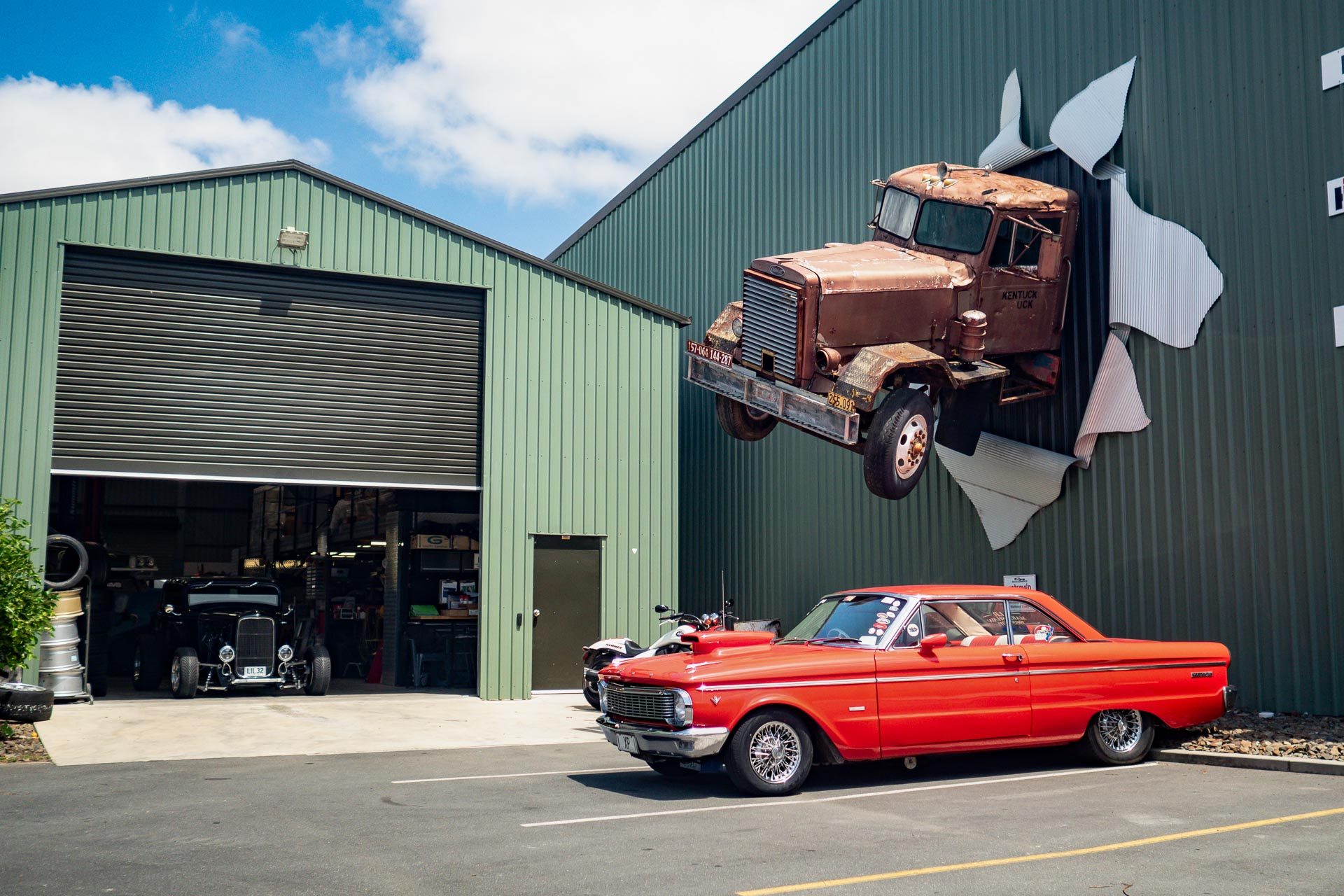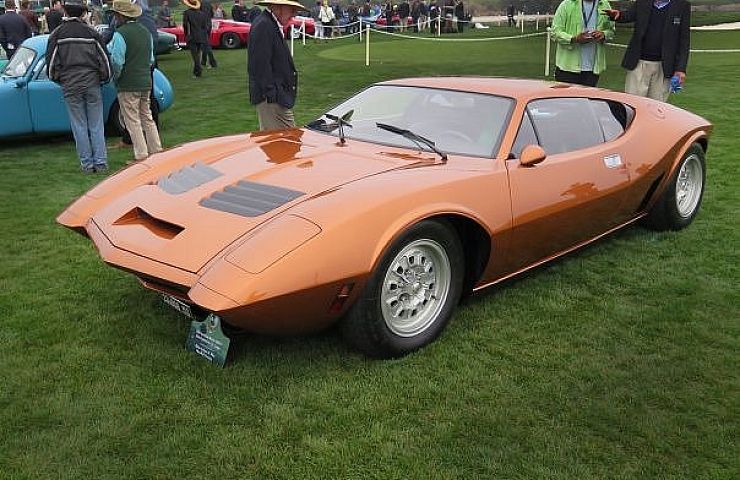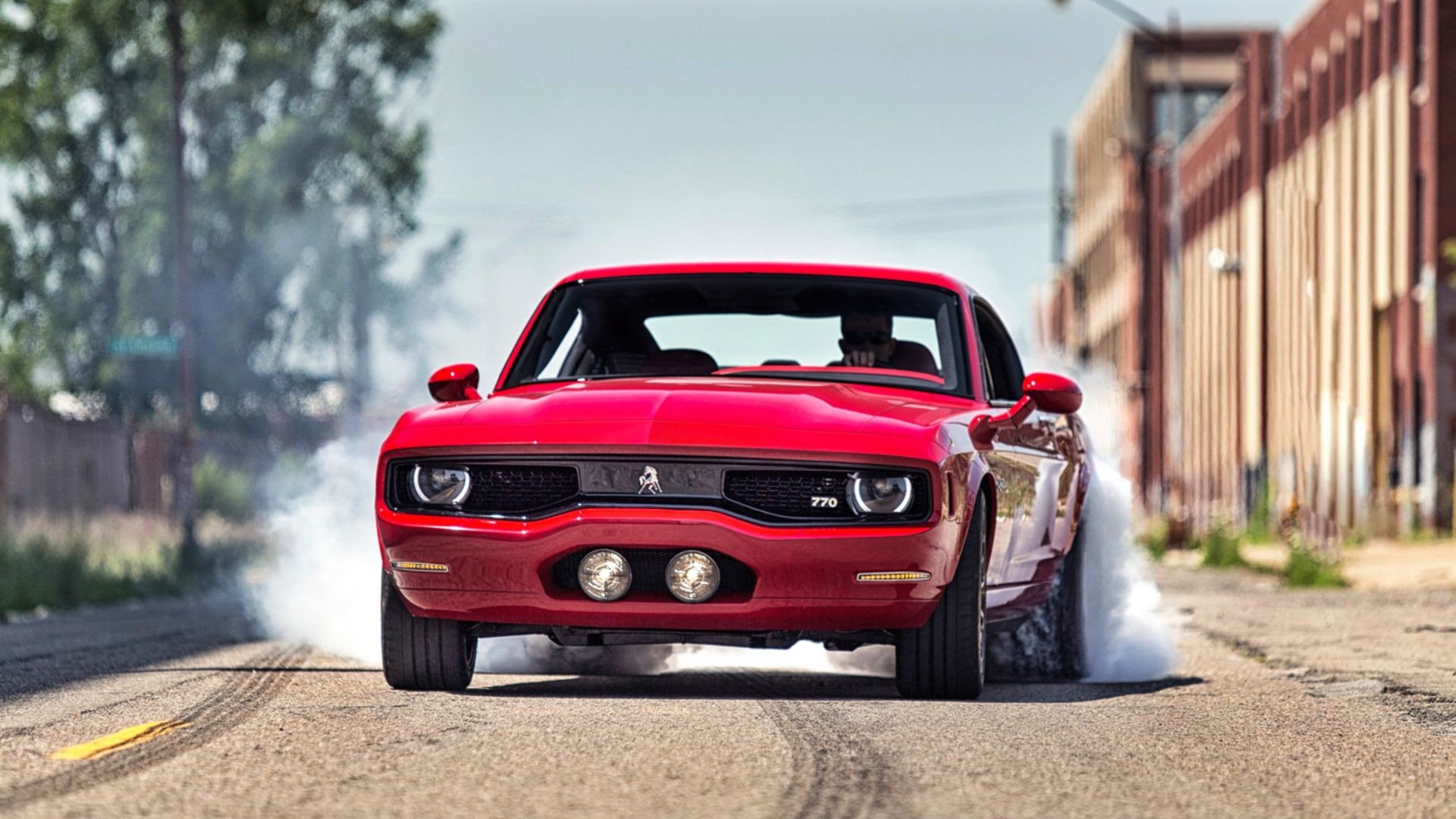In vehicle customization, leveling kits fly under the radar as far as off road vehicles are concerned. Yet while suspension lifts may hoard the limelight as flashier and more crucial pieces of off road hardware, leveling lift kits play an essential role as well.
Before anything else, it should be understood that this not a supplementary upgrade, but rather a modification that can have a significant impact on vehicle performance and reliability, and thus deserve a fair amount of attention.
Think of leveling kits in this way: sure, vehicles needing leveling lift kits can still drive without them. But then again, a blind man may know how to drive a car, but that doesn’t necessarily mean that he should.
Many probably know the purpose and benefits, but rarely does one possess a more intimate understanding. Herein, we’ll attempt to broaden that understanding with a closer look.
Why Leveling Kits?
With so many lift-related components out there, it’s easy to get confused about where they fit in. In their base concept, leveling lift kits work similarly to body lift kits in both application and function, but with a slight difference.
On one hand, a body lift is meant to provide lift for a vehicle, allowing it to add larger tires, or simply offer that lifted look at a lower price and less installation work than a full suspension lift.
On the other hand, leveling kits serve the same purpose, but only for either the front or rear end of a vehicle primarily for the purpose of evening out a vehicle’s stance.
With this in mind, leveling out your vehicle come in handy in cases where suspension modifications or uneven weight distribution causes one end of a vehicle to sag. For instance, a vehicle with a considerable amount of added weight on the front end due to a bumper, winch, or other components is the perfect candidate for front leveling lift kits.
As stated earlier, leveling kits aren’t a necessary upgrade to continue operating your vehicle; however, neglecting an imbalance in ride level can impact a variety of crucial factors, such as handling, tire or suspension wear, and even plain old aesthetic appeal.
They offer alternative functions as well, such as some extra inches for tire clearance, or improved rear end wheel travel during towing or hauling jobs.
Additionally, leveling out your ride is simple and effective to operate, and also relatively easy to install.
Know Your Vehicle
Leveling kits differ slightly from suspension and body lifts in their application. Although there are essentially 3 different types of leveling lift kits, the one you need is entirely dependent upon your vehicle. There’s simply no way around this.
Knowing what type fits your vehicle can make it much easier to shop for one, and also help you get accustomed to exactly what’s involved in installation.
Types of Leveling Kits
As stated earlier, there are 3 primary types of kits that work for most major vehicles, plus block kits, which are a kind of specialized leveling kit. The type of kit you need is entirely vehicle-specific, and can be easily determined by contacting your manufacturer.
It should be noted that you should not confuse these with air leveling kits, which can be easily viewed as being a suitable replacement for leveling lift kits. This is most definitely not the case, and air-based versions should never be considered as an alternative to complete truck leveling kits.
- Strut Extensions For vehicles that use a coilover strut in their front suspension, which usually includes late-model half-ton trucks and SUVs, strut extension leveling lift kits are the way to go. Strut extension leveling kits function off the basic concept of adding a spacer on top of factory struts. This process is typically a simple and cost-effective method of adding lift, especially since it requires no modification of factory parts, and can also be easily removed.
- Torsion Keys On its own, a torsion bar can actually be adjusted to provide lift without any additional modifications; however, stock torsion keys don’t usually have the strength and sturdiness to safely maintain the lift. Aftermarket torsion keys provide a solution. These reinforced keys are built stronger and more stable than factory units, as they are specifically designed as both a safe and effective way to maintain lift upon adjusting a torsion bar. A torsion key adjuster tool is a recommended purchase to go along with torsion key-style kits.
- Coil Spacers Coil spacer leveling kits are similar to strut extensions in concept, but slightly different in application. Whereas strut extensions add a spacer on top of factory struts, coil spacer leveling lift kits instead add them to the top of factory spring buckets. These modifications will help your truck maintain a factory stance and OEM ride quality. In order to compensate for the additional lift, some coil spacer applications will require the installation of shock extensions, which are usually included with these leveling kits.
Block Kits
Not to be confused with standard leveling lift kits, block kits are the preferred method of altering the ride height of the rear end of a vehicle, whether you’re looking for a rear-high stance, or just want to put the rake back into your truck for hauling or towing.






More Stories
Elevate Your Off Road Experience with These Top Tips
Best Small 4×4 Off Road Top Picks for Compact Adventures
Off Road Driving Experience Master the Mud and Trails